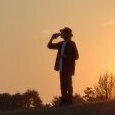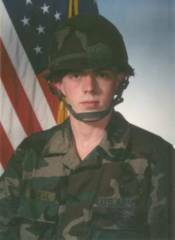-
Topics
-
Posts
-
By Batesmotel · Posted
When you meet your buddies new girlfriend and ask where did you meet her? And he answers, She was dancing over at McNasties. YOU KNOW THERE WILL BE TROUBLE! -
Goats can be shot without any reason, they are a goat, they were made to catch bullets. John Strasbourg used them for his FBI ammo tests at Area 51
-
Was it a paddleboard? Those were invented to kill rich yuppies and chefs that are thinking about talking.
-
By railfancwb · Posted
Bill Frist, was senator from Tennessee and a wealthy surgeon, part owner of HCA, who had significant interest in the the Republican nomination for President. He saw that and his entire political career vanish when it became known from his autobiography that he adopted cats from local shelter so he could use them for surgical practice. -
Arab neighbors were having sex with it. In front of the dog.
-
He claims that Trump, in cahoots with the Russians, stole his clothes and he has proof.
-
By railfancwb · Posted
“She then led the dog and a pet goat to a gravel pit before shooting them both dead before her children returned home from school.” What was her problem with the goat?

.thumb.jpg.75458dcaea58d18265fa722fe9257821.jpg)






